Market Growth Projections
The Global 3D Camera Market Industry is projected to experience substantial growth, with estimates indicating a market value of 4.96 USD Billion in 2024 and a remarkable increase to 15 USD Billion by 2035. This growth trajectory suggests a robust compound annual growth rate (CAGR) of 10.58% from 2025 to 2035. Such projections highlight the increasing adoption of 3D cameras across various sectors, driven by technological advancements and rising demand for immersive experiences. The market's expansion reflects the evolving landscape of imaging technologies and their applications in diverse industries.
Technological Advancements
The Global 3D Camera Market Industry is experiencing rapid growth due to continuous technological advancements. Innovations in sensor technology, image processing, and software integration are enhancing the capabilities of 3D cameras. For instance, the introduction of high-resolution sensors and improved depth-sensing technologies allows for more accurate and detailed 3D imaging. This evolution is expected to contribute to the market's expansion, with projections indicating a market value of 4.96 USD Billion in 2024. As these technologies become more accessible, they are likely to drive adoption across various sectors, including entertainment, healthcare, and manufacturing.
Rising Demand in Entertainment
The demand for 3D cameras in the entertainment sector is a significant driver for the Global 3D Camera Market Industry. With the increasing popularity of 3D films, virtual reality experiences, and augmented reality applications, content creators are seeking advanced 3D imaging solutions. This trend is reflected in the anticipated market growth, with estimates suggesting a rise to 15 USD Billion by 2035. The integration of 3D cameras in gaming and film production enhances viewer engagement and creates immersive experiences, thereby fostering a robust demand for these technologies in the entertainment industry.
Growth in E-Commerce and Retail
The Global 3D Camera Market Industry is benefiting from the growth of e-commerce and retail sectors, where 3D imaging plays a crucial role in enhancing customer experiences. Retailers are increasingly adopting 3D cameras to create interactive product displays and virtual try-on solutions. This trend is particularly evident in the fashion and furniture industries, where customers can visualize products in 3D before making a purchase. As e-commerce continues to expand, the demand for 3D imaging solutions is expected to rise, contributing to a projected CAGR of 10.58% from 2025 to 2035, further solidifying the market's position.
Increased Adoption in Healthcare
The Global 3D Camera Market Industry is witnessing increased adoption in the healthcare sector, where 3D imaging technologies are revolutionizing diagnostics and treatment planning. Medical professionals utilize 3D cameras for applications such as surgical simulations, anatomical modeling, and patient education. The ability to capture detailed 3D images enhances precision in medical procedures and improves patient outcomes. As healthcare providers recognize the benefits of these technologies, the market is poised for growth, aligning with the overall trend of technological integration in healthcare, which is likely to drive further investments in 3D camera solutions.
Emerging Applications in Industrial Automation
The Global 3D Camera Market Industry is also experiencing growth due to emerging applications in industrial automation. Industries are increasingly utilizing 3D cameras for quality control, robotics, and machine vision applications. These cameras enable precise measurements and inspections, ensuring product quality and operational efficiency. As manufacturing processes become more automated, the demand for reliable 3D imaging solutions is expected to rise. This trend aligns with the broader movement towards Industry 4.0, where advanced technologies are integrated into manufacturing, potentially leading to significant market growth in the coming years.

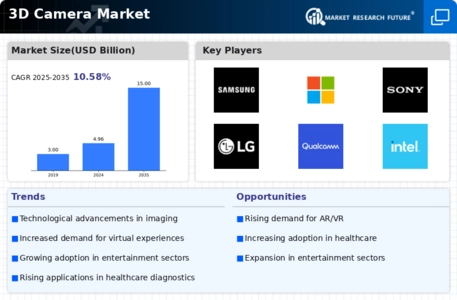
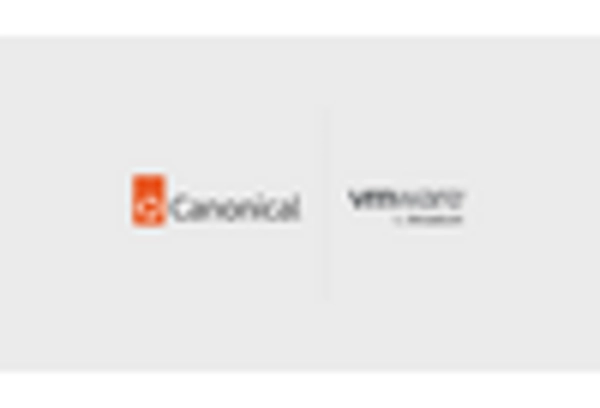
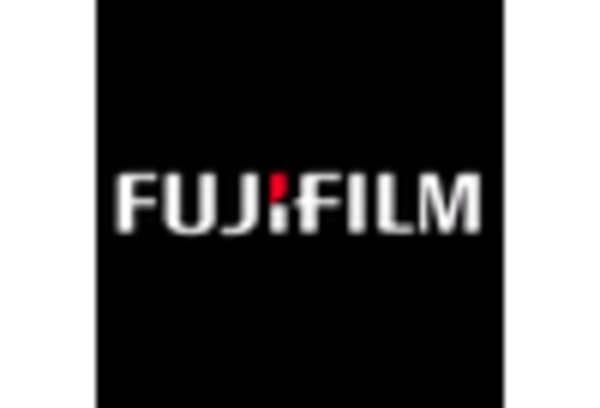
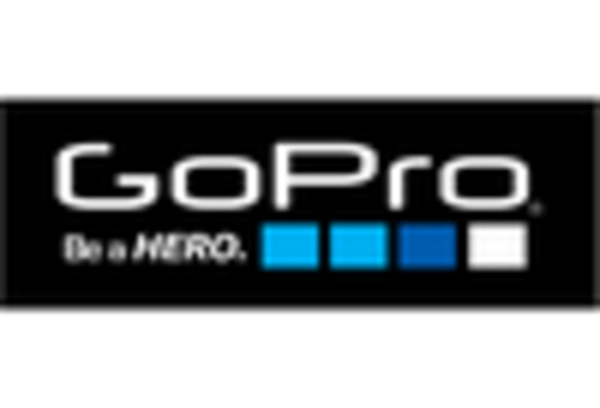
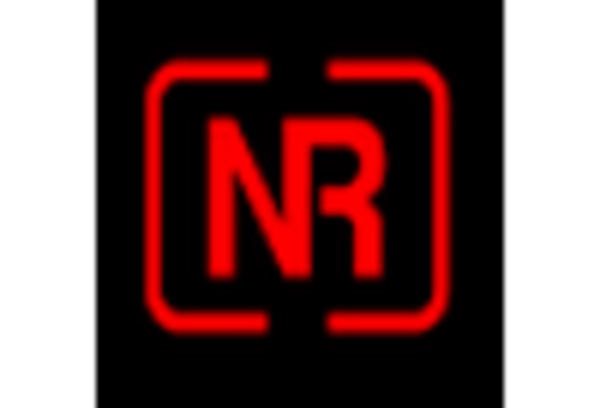
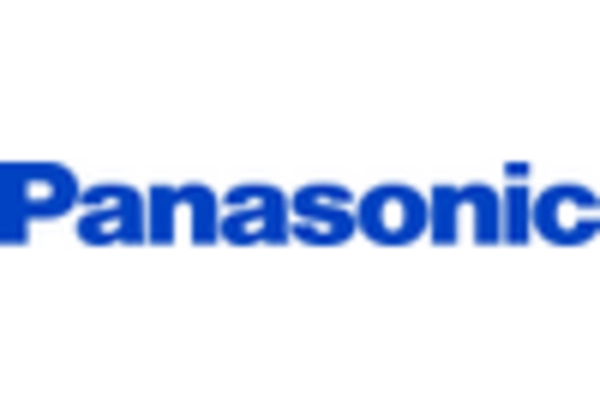
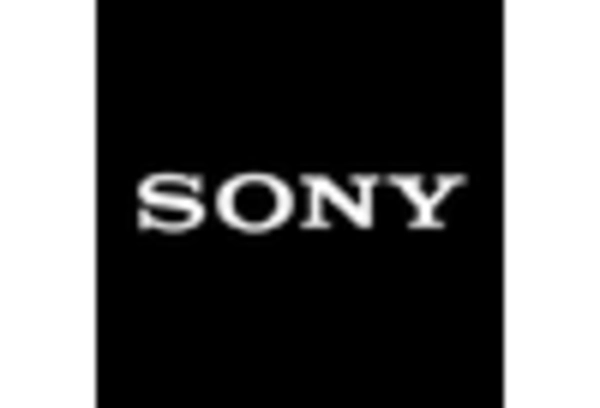








Leave a Comment